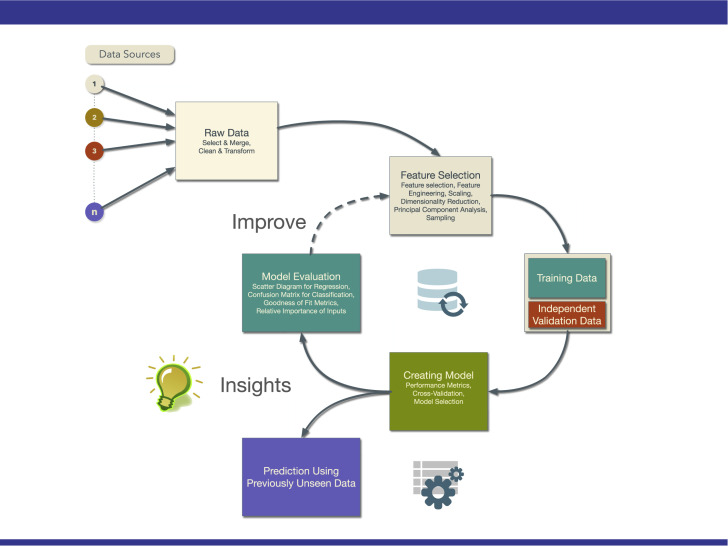Machine Learning for Environmental Sensing
Machine learning has found many applications in Earth Science. These applications range from retrieval algorithms, from code acceleration to calibration of low cost sensors, from classification of dust sources, to rock type classification. As a broad sub-field of artificial intelligence, machine learning is concerned with algorithms and techniques that allow computers to “learn” by example. The major focus of machine learning is to extract information from data automatically by computational and statistical methods. Over the last decade there has been considerable progress in developing a machine-learning methodology for a variety of science applications involving trace gases, retrievals, aerosol products, land-surface products, vegetation indices, and most recently, ocean applications. In this article, we will review some examples of how machine learning has already been used in science. Machine learning can and has been used for a variety of applications including new data product creation, to bias correction, to data classification, for software defined sensing and in autonomous robotic teams.
https://doi.org/10.1016/B978-0-12-818234-5.00149-8
